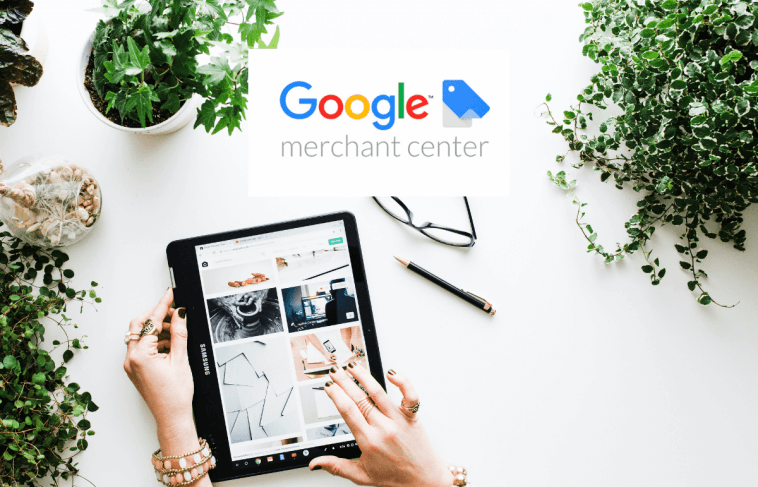Introduction.
Google announced on November 2, 2023, that it will be changing the way it pays AdSense publishers in 2024. The company will be moving from a pay-per-click (PPC) model to a pay-per-impression (PPI) model.
Under the current PPC model, publishers are paid each time a user clicks on an ad on their website. Under the new PPI model, publishers will be paid each time an ad is displayed on their website, regardless of whether or not it is clicked on.
Google says that the change is being made to provide a more consistent way of paying publishers across its various platforms and third-party websites.
The company also says that the change will help publishers to better compare their earnings with other technology providers.
The new payment model will go into effect in early 2024, and publishers will not need to take any action to implement it. Google says that it has tested the potential impact on publisher earnings and does not expect any significant changes.
What Are The Implications for Publishers?
The change to a PPI model could have some implications for publishers. On the one hand, it could lead to increased earnings for publishers whose ads are displayed to a large audience, even if few of those users click on the ads.
On the other hand, it could lead to decreased earnings for publishers whose ads are displayed to a smaller audience, or to an audience that is less likely to click on ads.
Publishers should also be aware that the PPI model could lead to changes in the way that advertisers bid for ad space.
Under the current PPC model, advertisers are only charged when a user clicks on their ad. Under the new PPI model, advertisers may be willing to pay more for ad space that is displayed to a large audience, even if few of those users click on the ads.
Overall, the change to a PPI model is a significant one for AdSense publishers. Publishers should carefully consider the potential implications of the change before it goes into effect in early 2024.
Here are some additional things that publishers may want to consider:
- The type of content on their website. Some types of content are more likely to generate impressions than others. For example, news websites and social media platforms tend to generate a lot of impressions, while niche websites may generate fewer impressions.
- The quality of their ads. High-quality ads are more likely to be clicked on than low-quality ads. Publishers should work with advertisers to ensure that the ads on their websites are relevant to their audience and are well-designed.
- Their target audience. Publishers should understand the demographics and interests of their target audience. This will help them to choose the right advertisers and to create content that is likely to be of interest to their audience.
Conclusion.
By carefully considering all of these factors, publishers can minimize the negative impact of the change to a PPI model and maximize their earnings.





GIPHY App Key not set. Please check settings